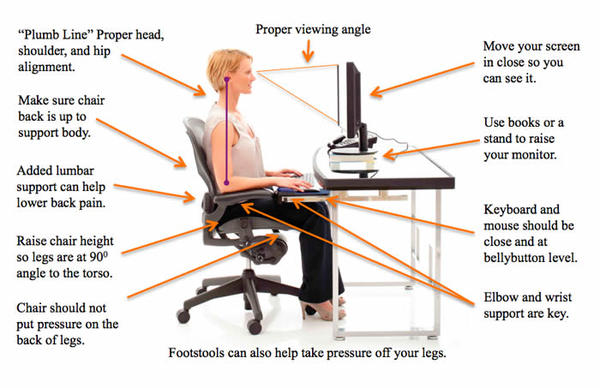Why functional tinkering of an office chair or the office building will not help eliminate workplace stress and solve traffic problems?

Everything that we use, whether it be a piece of medical equipment, the hospital as a system, lights, stationery products, office building, piece of furniture, software interface, food delivery service, book cover, tool, or anything else, there is a function, a task the item is expected to perform and perform well.
Any new functional design of an office chair will improve it to make the users sit comfortably for more than what they already do or make changes to the way the chair operates or is made, etc. or a new design of an air conditioner will make it work better in an even harsher climate, and even better intuitive user interface or better aesthetics of the front grill. These approaches miss understanding the larger purpose. Why do we need an office chair, why are we sitting so long, why are we sitting in a particular way, what’s the most natural way to sit, why do we need to sit to do a particular activity, etc. or why do we need an AC in the first place, without resolving these questions and moving forward is like a domino effect, unfortunately towards collapse.
Esther Derby said when we are blind to systems causes of problems, all solutions we try will likely make matters worse.
We tend to forget what’s the larger purpose, the reason for work or why do we work, why do we need to work in a particular way, what’s the most natural and harmonious way to work can there be an alternate? Our body is not designed to sit for so many hours, creating many physiological problems and eventual degradation. 1 out 5 people globally is a victim of workplace stress, the annual global cost of workplace stress is est. $2.5 trillion. Traffic jams cost $87 billion in productivity in the US and $14 billion per year in New Delhi. Can we look at the entire system and design the work itself instead of functionally tinkering with the chair or the office interiors or the building any further.
Just look around there are so many things we are tinkering with and not thinking about the purpose. Just imagine if hospitals were not only meant to be functionally good but they were to ensure patients emotional wellbeing and harmony if healthcare planning was meant to reduce the need for hospitals or reduce diseases themselves if traffic management systems were not only meant to monitor and control traffic but were to positively change behaviour if governments were not only to ‘so-called manage’ the topical situations but were to look at challenges holistically and plan for the long term if technologies were not only meant to commoditise time but were to achieve harmony for everyone. A simple way to kick start a systemic design innovation cycle is to ask more why questions than what and how questions.
How getting rid of dustbins helped Taiwan clean up its cities is a global case study and a classic example of shifting from functionality to purpose. Rather than functionally tinkering or adding more dustbins they totally eliminated dust bins. Having fewer bins around and waiting for the trash trucks forced them to consider their waste. You can’t just put the trash into a bin and forget but forces you to think about your waste, you will change your purchasing habits, you’ll end up not buying things that you can’t recycle. This kind of systemic change gives them a chance to think about how much trash they generated because they had to hold on to their waste until they see a bin, or when they get home. The question people ask is, how we should be disposing of our waste? But the question we should be asking is, what is a better way to manage waste disposal?
Another revolutionary example is the phrase ‘gross national happiness’ that was first coined by the 4th King of Bhutan, King Jigme Singye Wangchuck, in 1972 when he declared, “Gross National Happiness is more important than Gross Domestic Product (GDP).” The concept implies that sustainable development should take a holistic approach towards notions of progress and give equal importance to non-economic aspects of wellbeing. Robert F. Kennedy had wonderfully said GDP measures everything except that which makes life worthwhile.
Bhutan National Values Assessment confirms that the nation and its people are healthy when it comes to self-identity and community. In fact, indications are that when it comes to values, Bhutan could possibly be the healthiest nation in the world. Among other things, the survey measures entropy caused by potentially limiting values. Entropy is a measure of the degree of dysfunction in a system indicated by the proportion of potentially limiting values found in a survey. Bhutan’s entropy is at 4% compared with the eight others: Denmark at 21%, Sweden at 31%, Canada at 32%, the United Kingdom at 43%, the United States of America at 53%, Iceland at 54%, Latvia at 54%, and Argentina at 60%.
These are a few approaches and examples of how some countries, governments, and leaders have moved towards understanding the larger purpose and are driving long-term strategies rather than temporary solutions. By understanding the purpose -why something is done/ created, many opportunities open up. The purpose is the aim; goal; the reason while the function is what something does or is used for. Simply put it is the difference between why and what.
So start with asking more WHY questions than WHAT and HOW questions.
Start with the purpose, not problems.
(This Perspective was originally published on April 26, 2021 by Shekhar Badve on LinkedIn)
